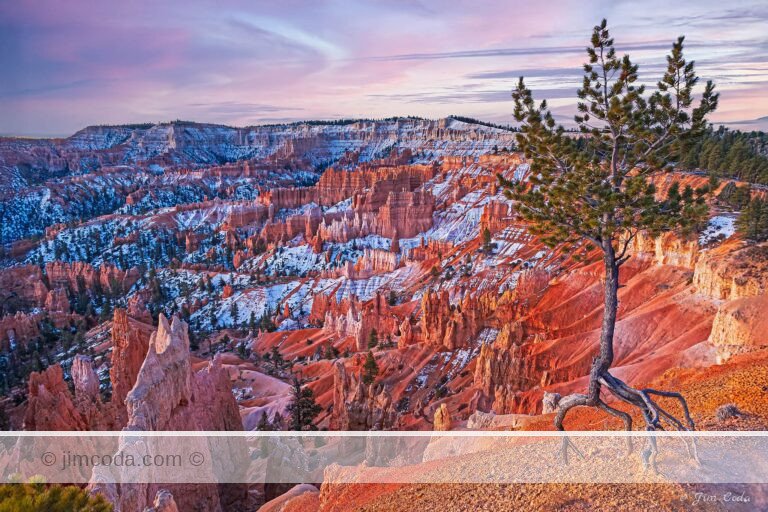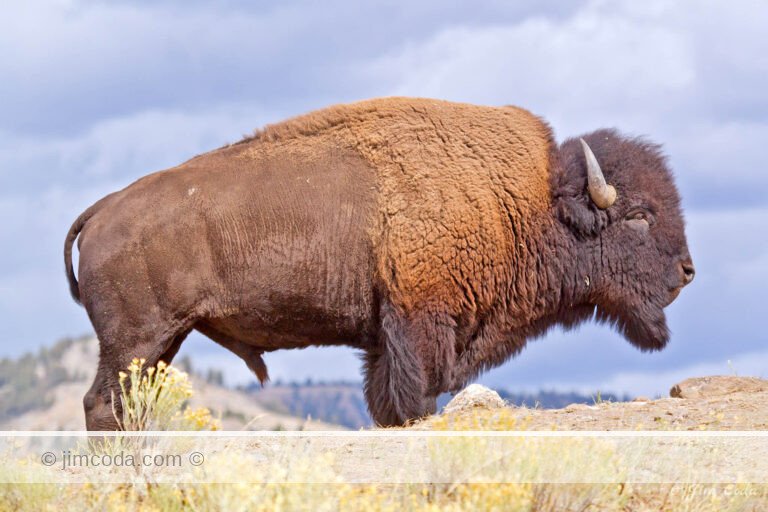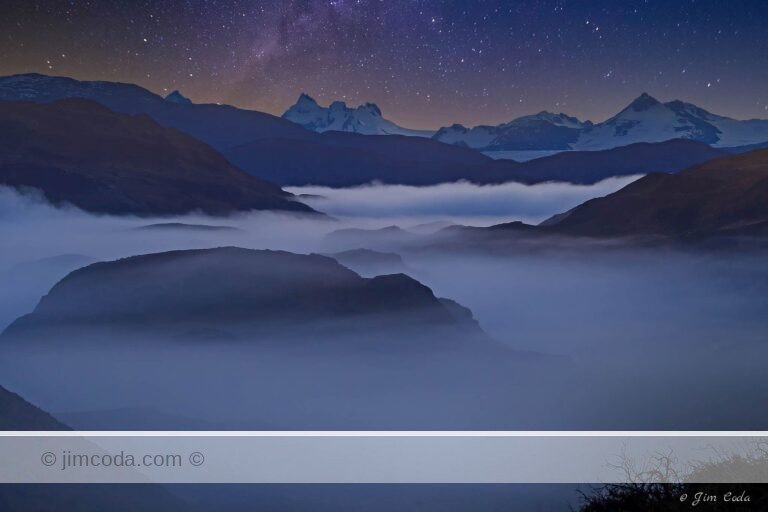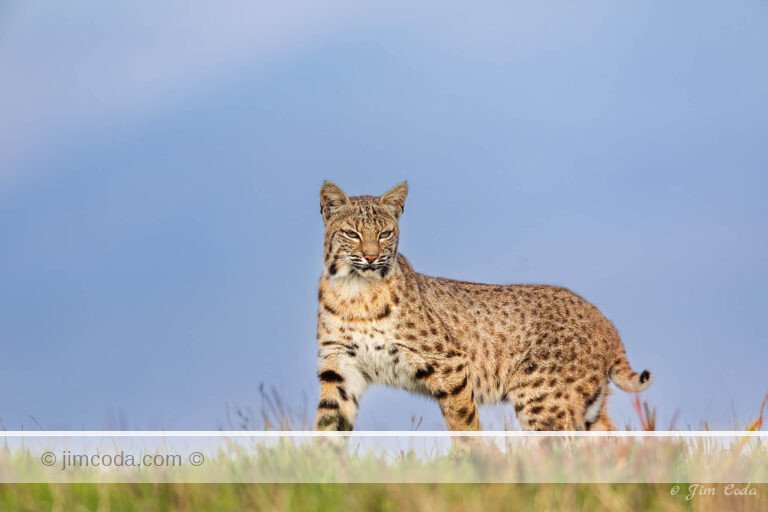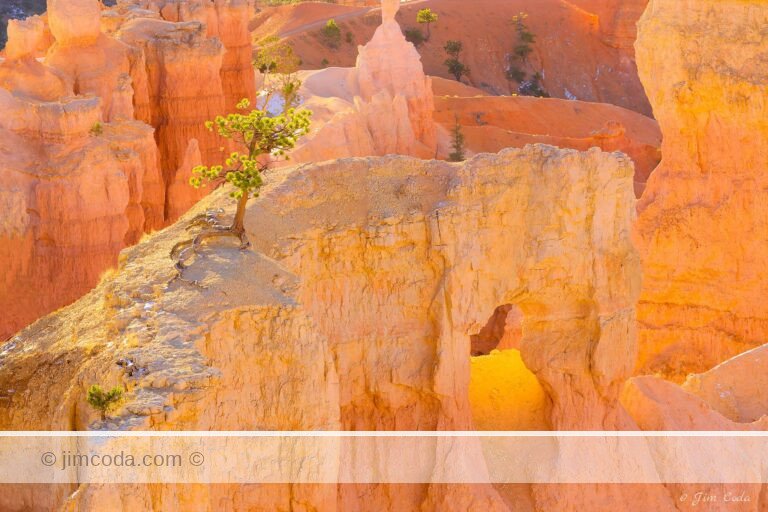Tag: california
This is a sunset photo of Elephant Mountain, aka Black Mountain, shot from across Tomales Bay in the...
This is the female of the pair of western bluebirds nesting in one of our bird boxes. She has a habit...
This is the female of the pair of western bluebirds nesting in one of our bird boxes. She has a habit...
Here’s another Cooper’s Hawk (I think) in our back yard. I believe its meal was mourning...
Here’s another photo I took in Tiburon, California. It’s of the west side of Corinthian...
This is the same photo that I posted yesterday, but it has been processed to look more nocturnal. If...
Avian Predator
I looked out our dining room window the other morning and saw this cooper’s hawk...
No articles found
Prints for sale
Browse my selection of photos for sale as fine art prints
Filter by category
Sorry, no prints in this category
